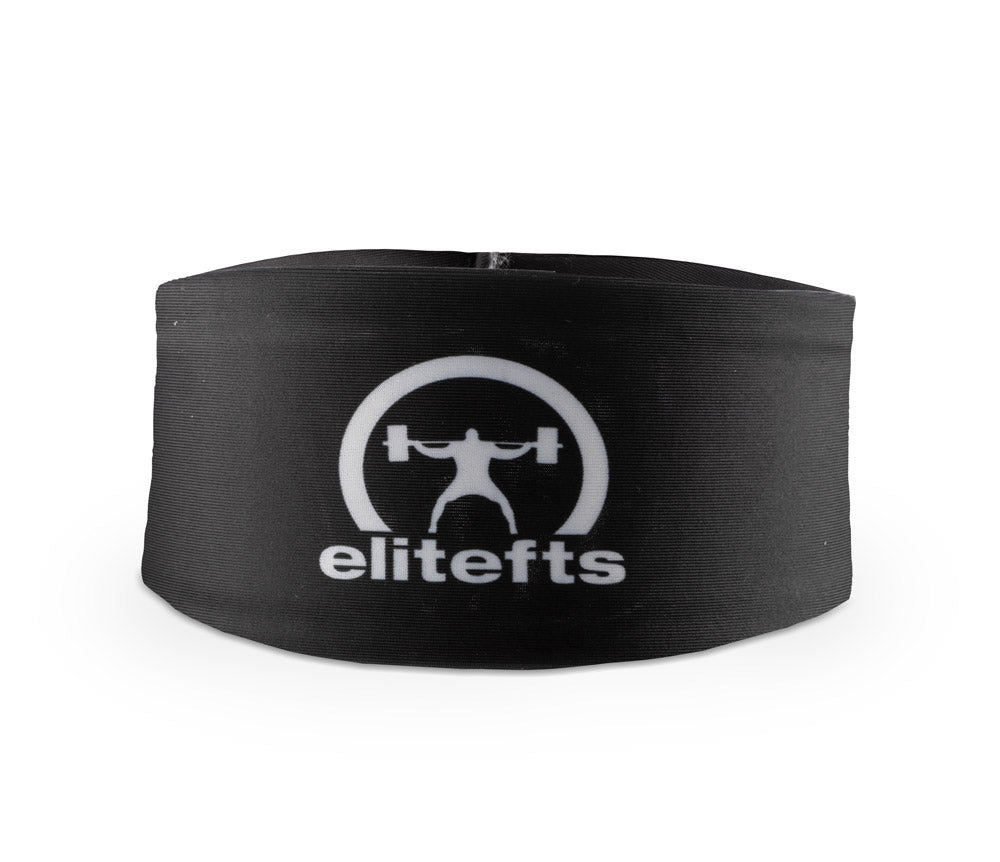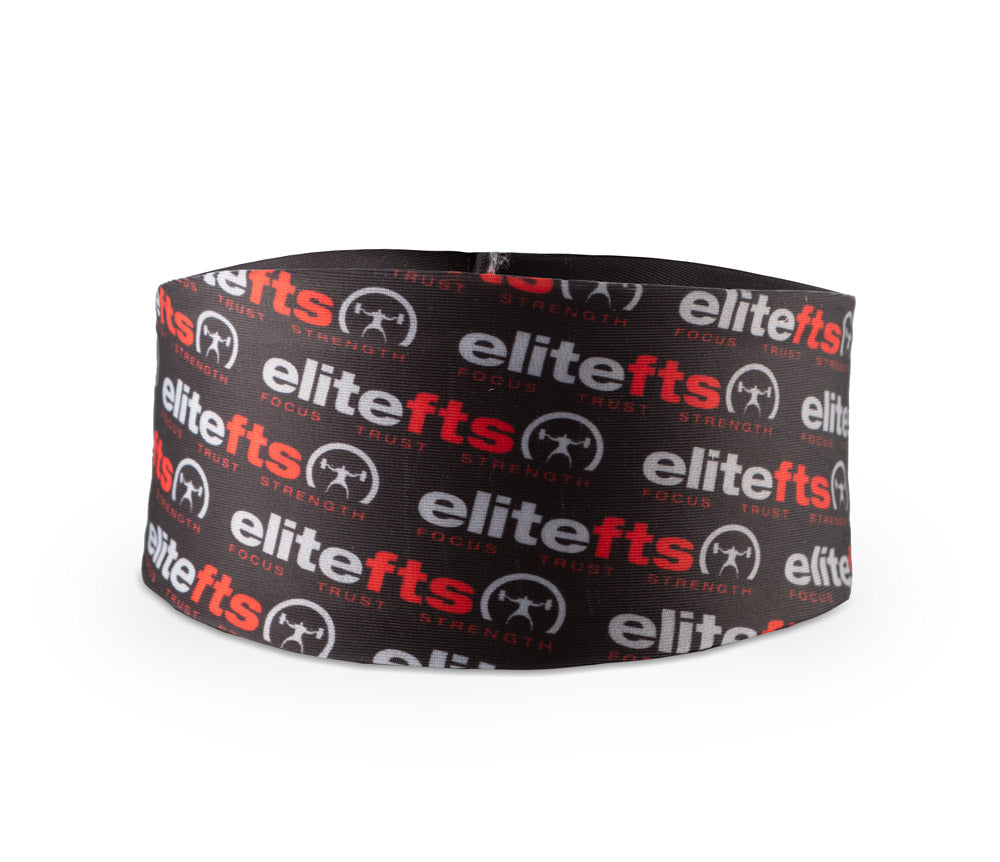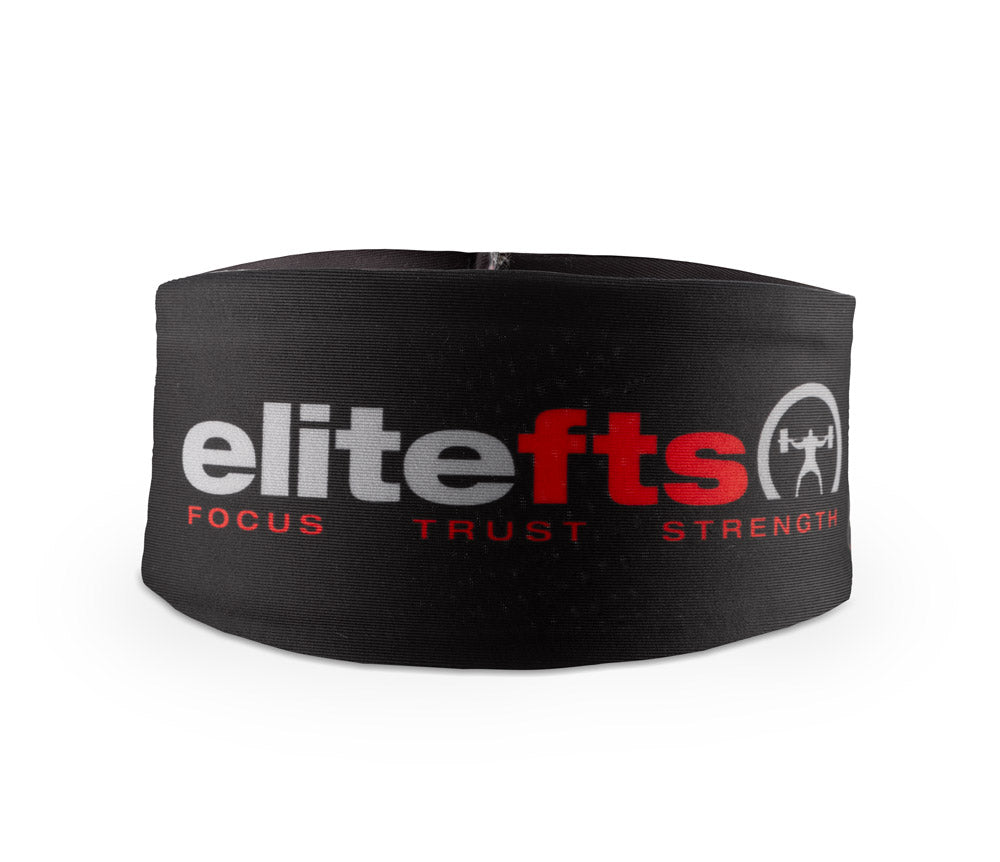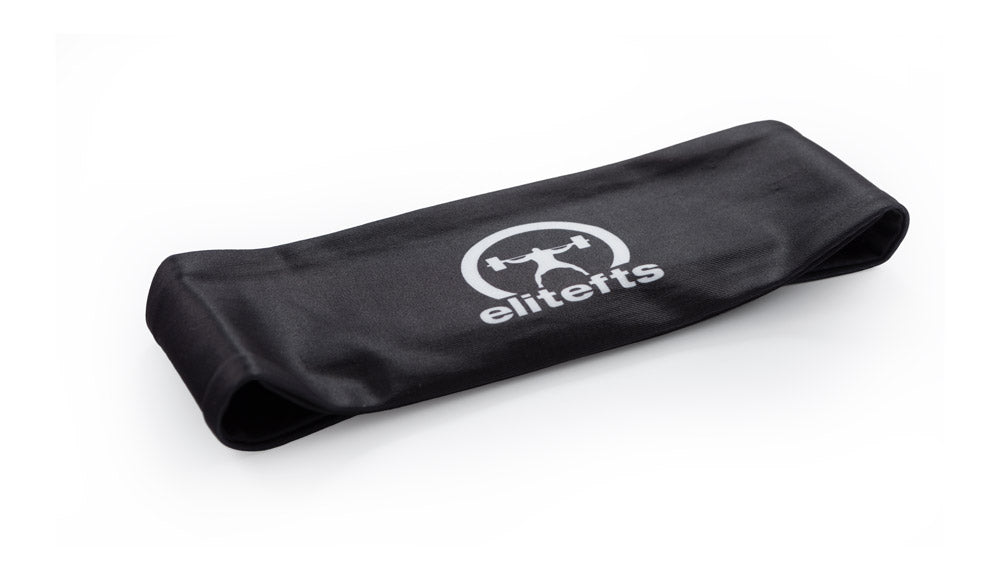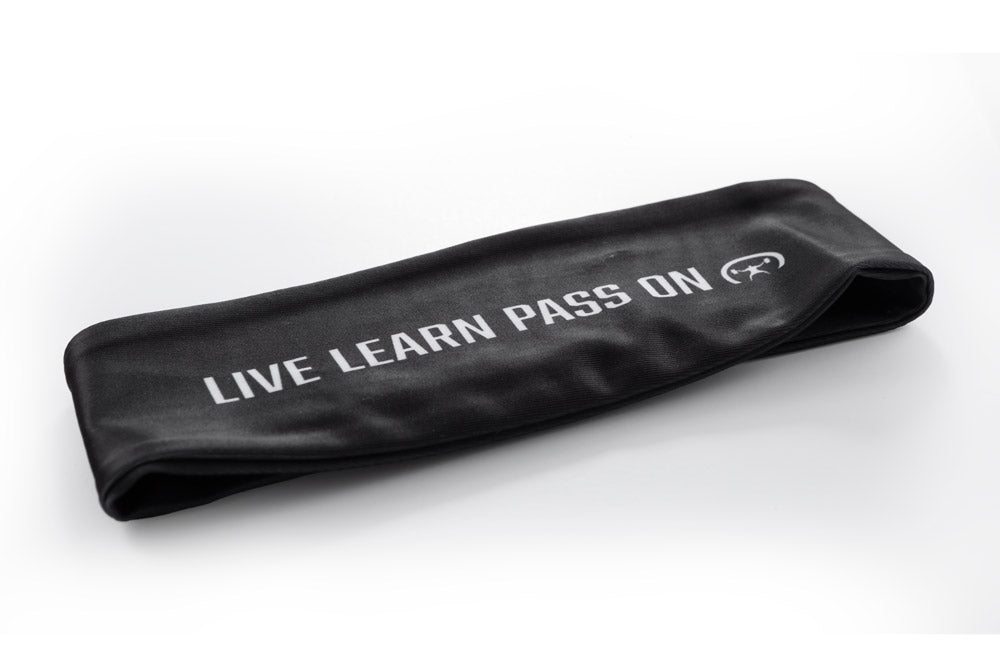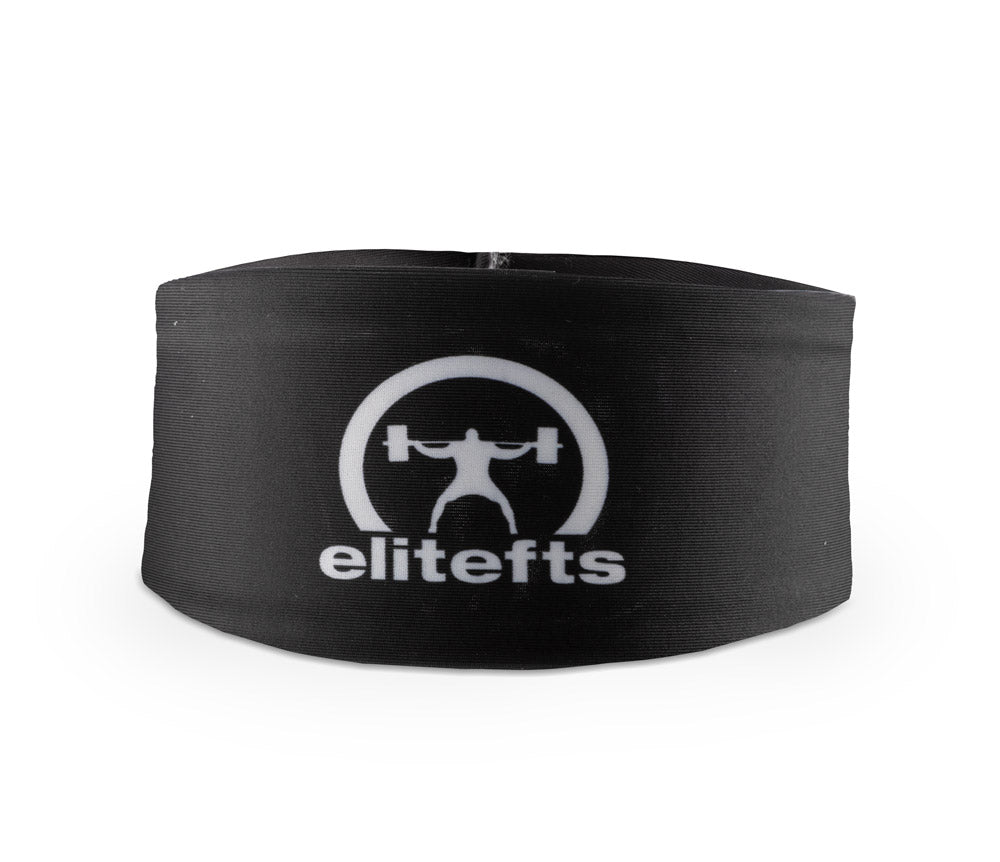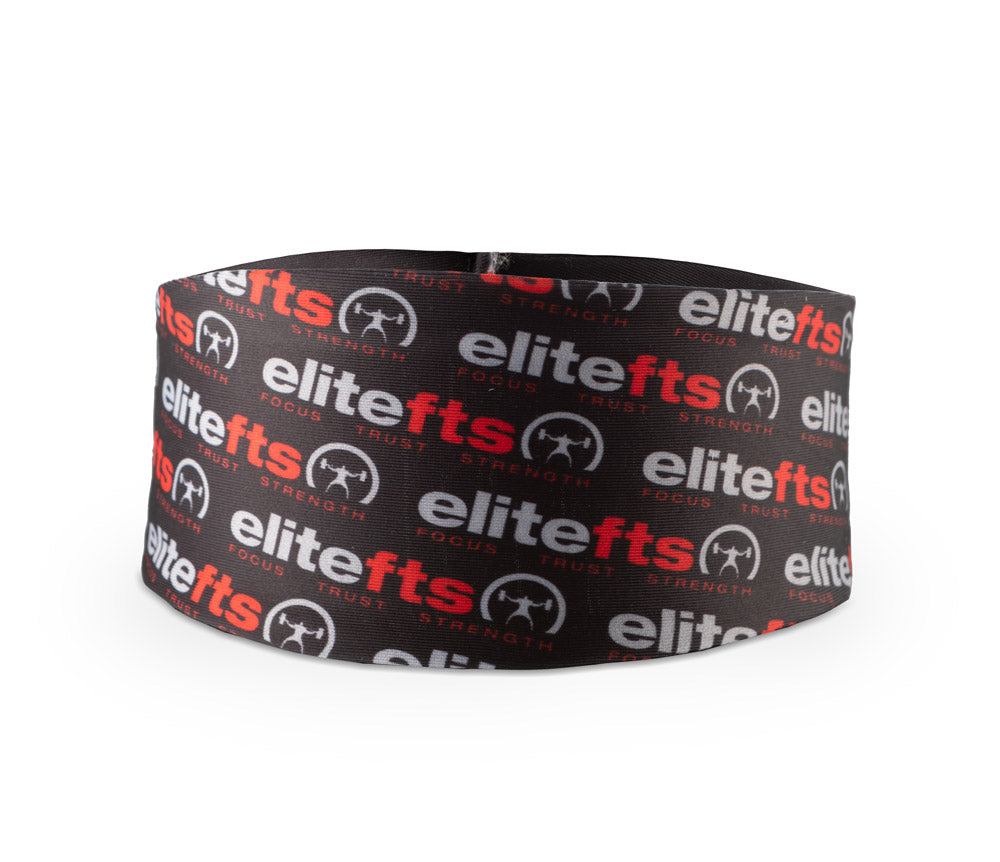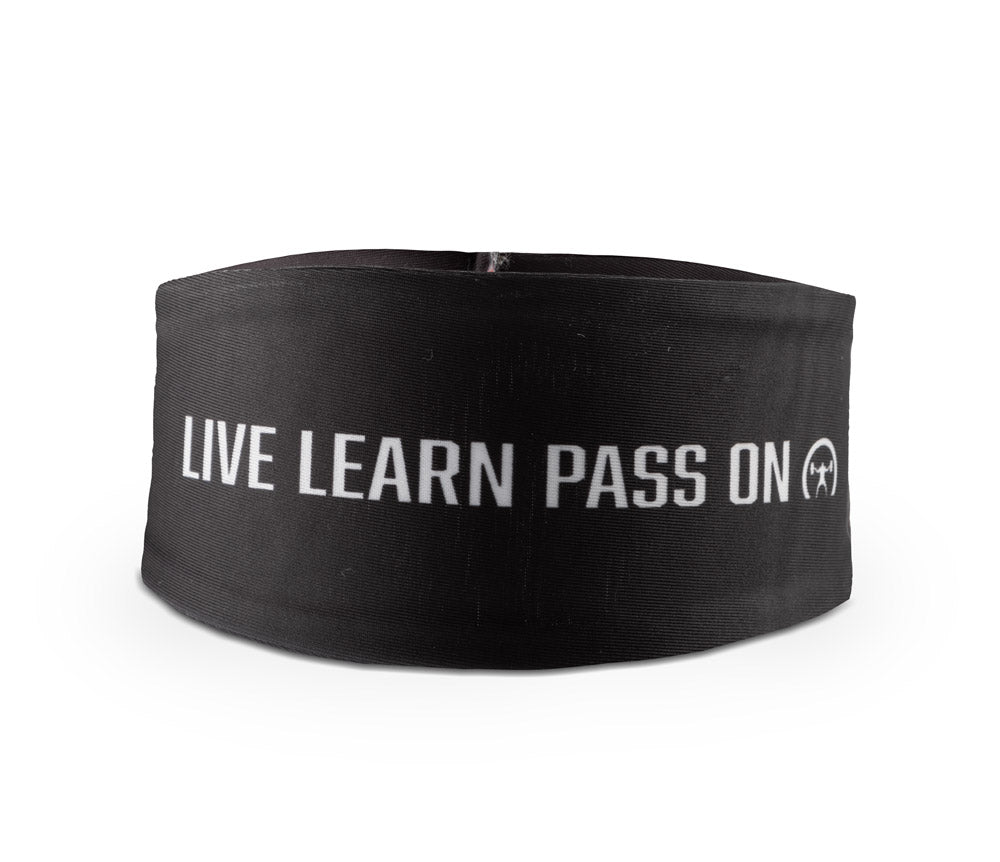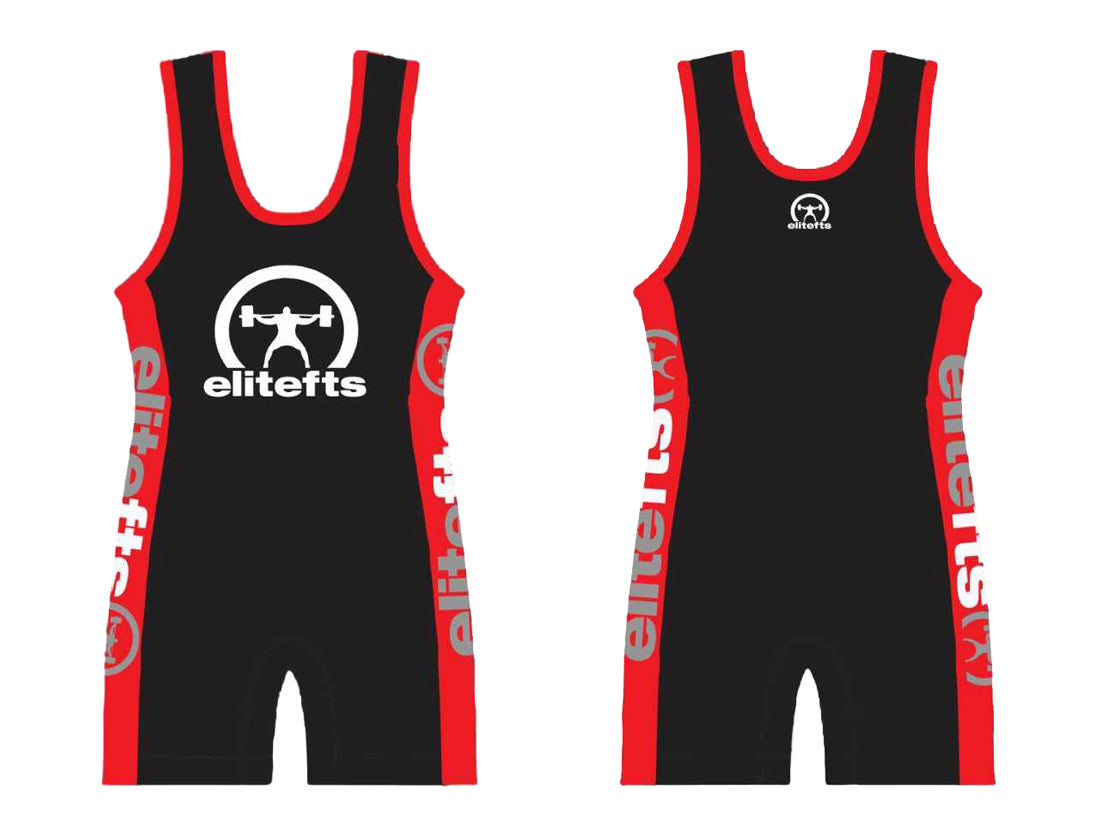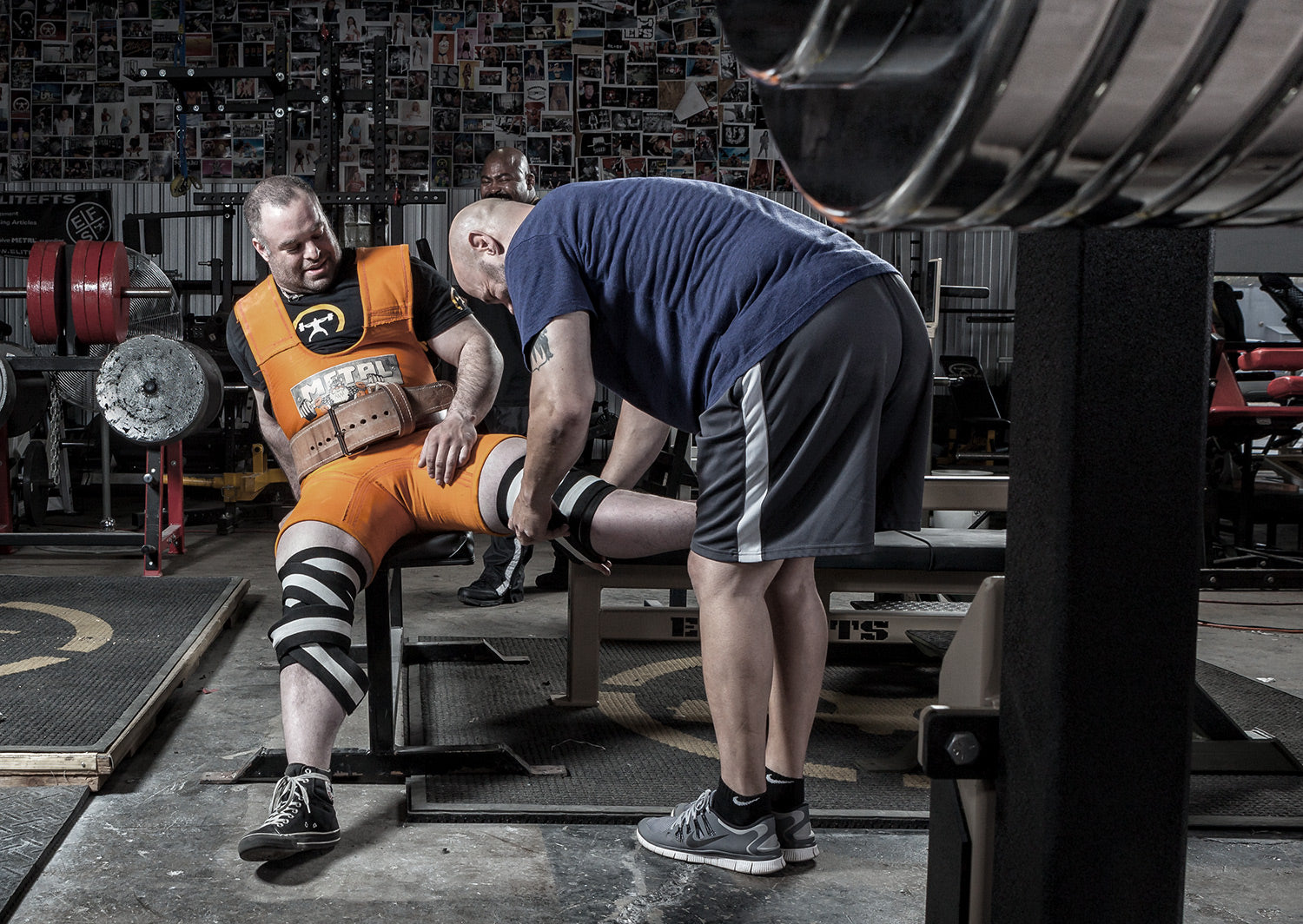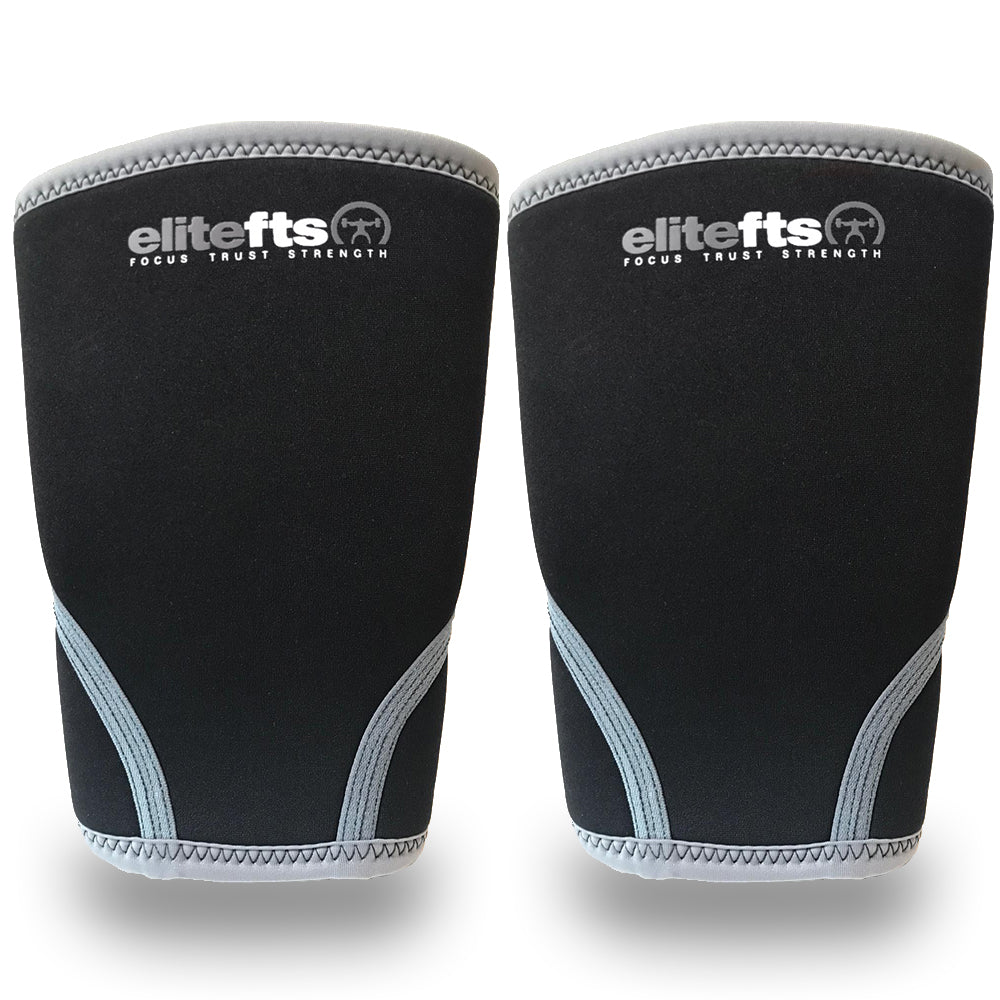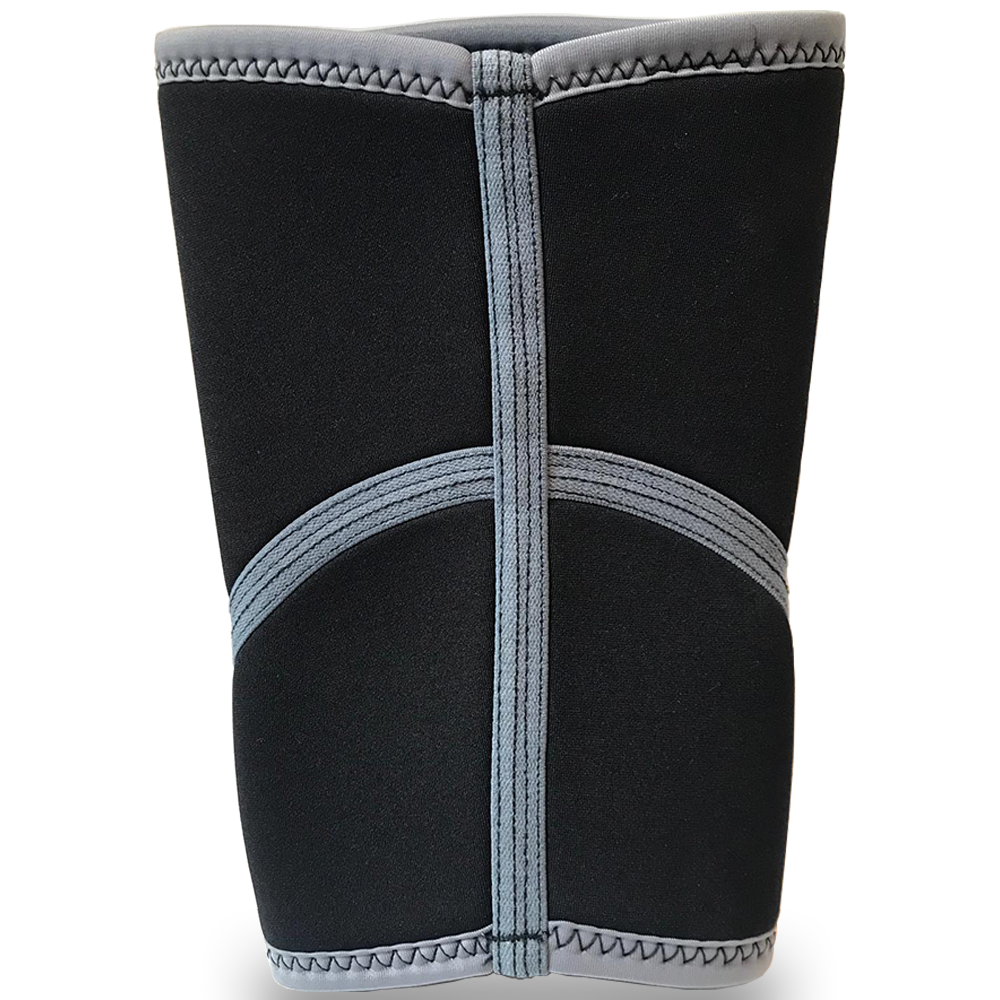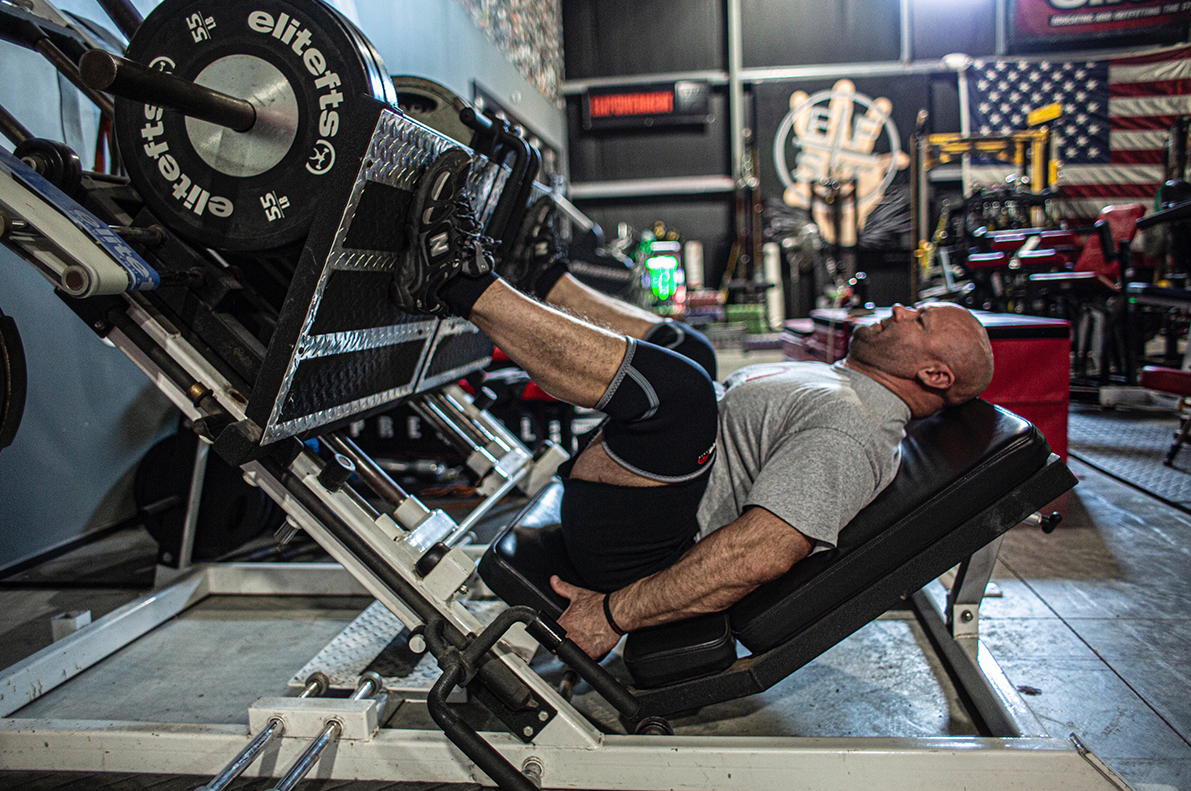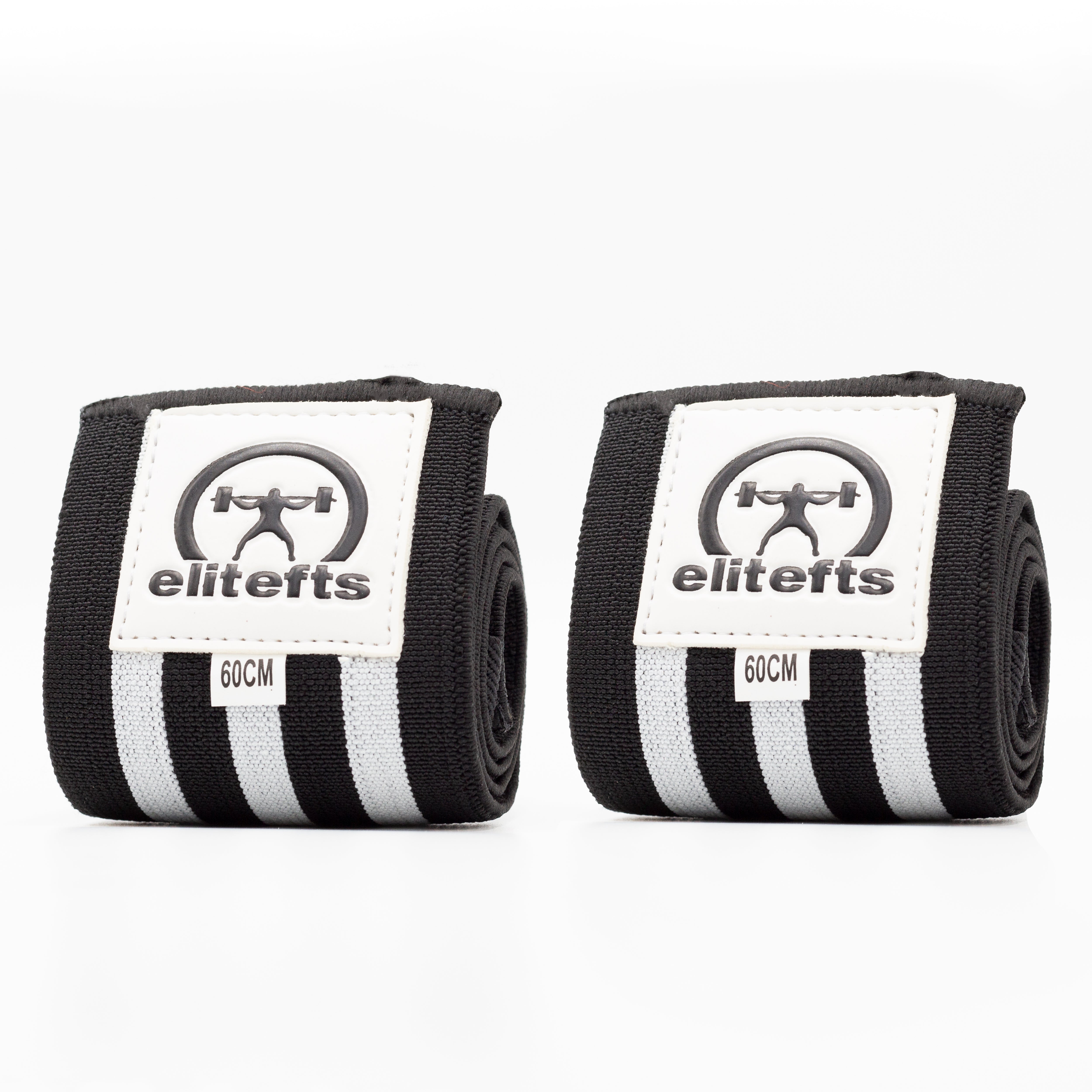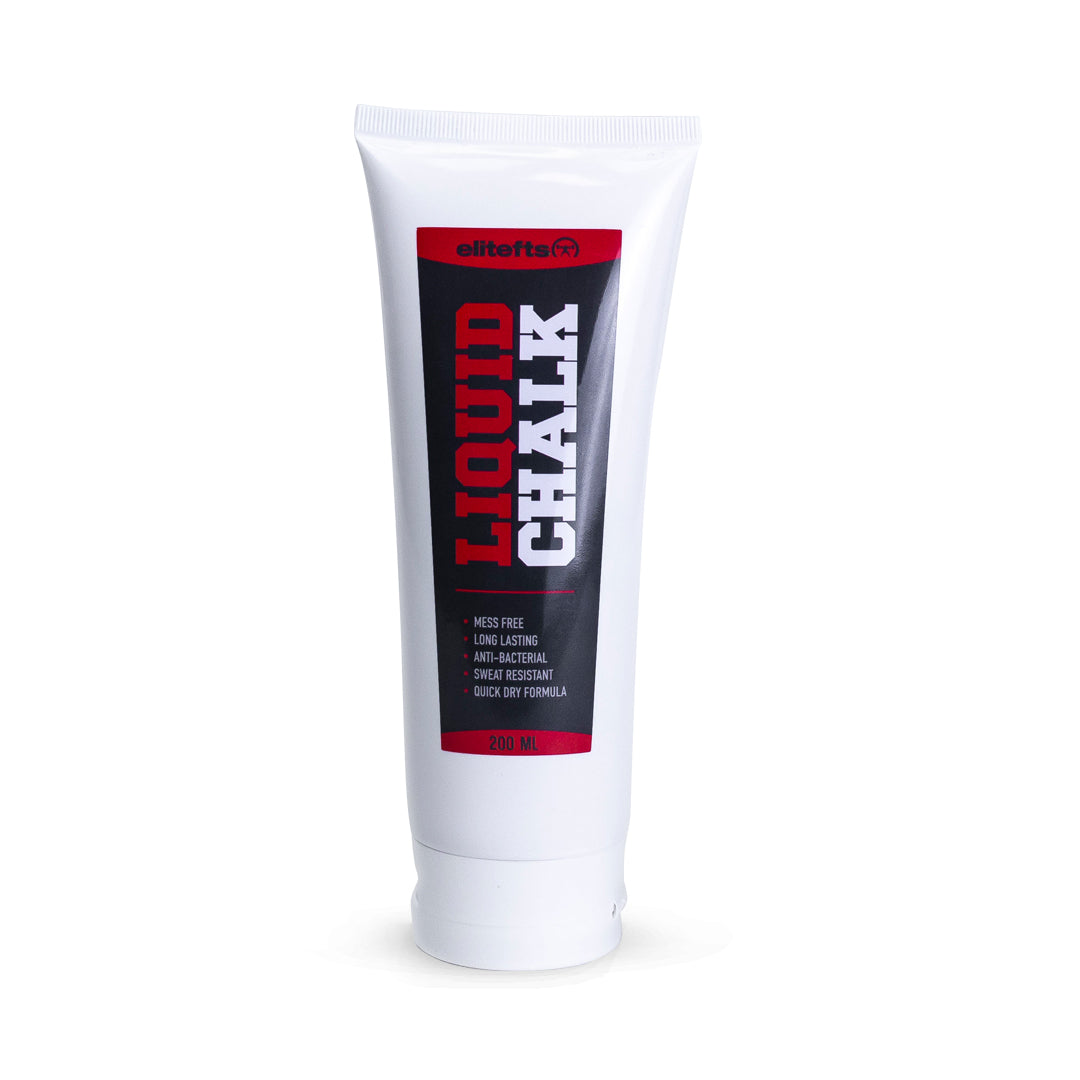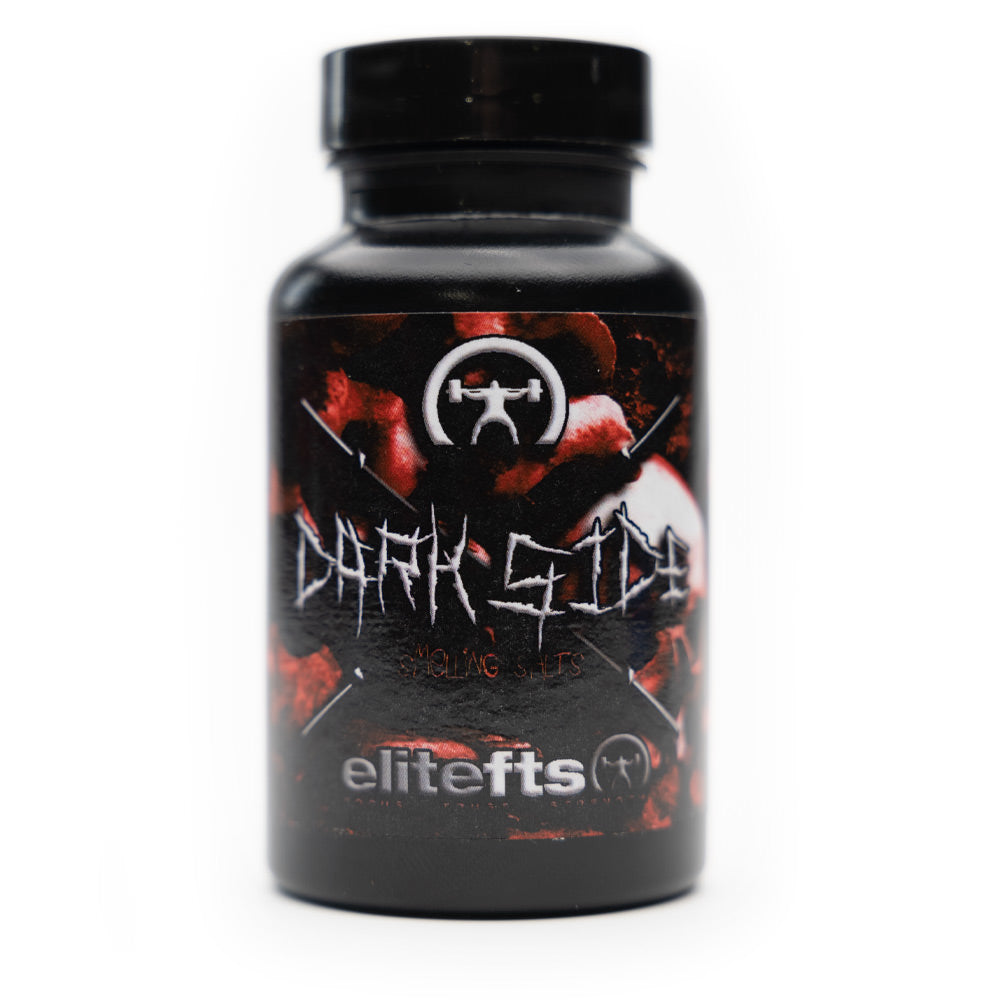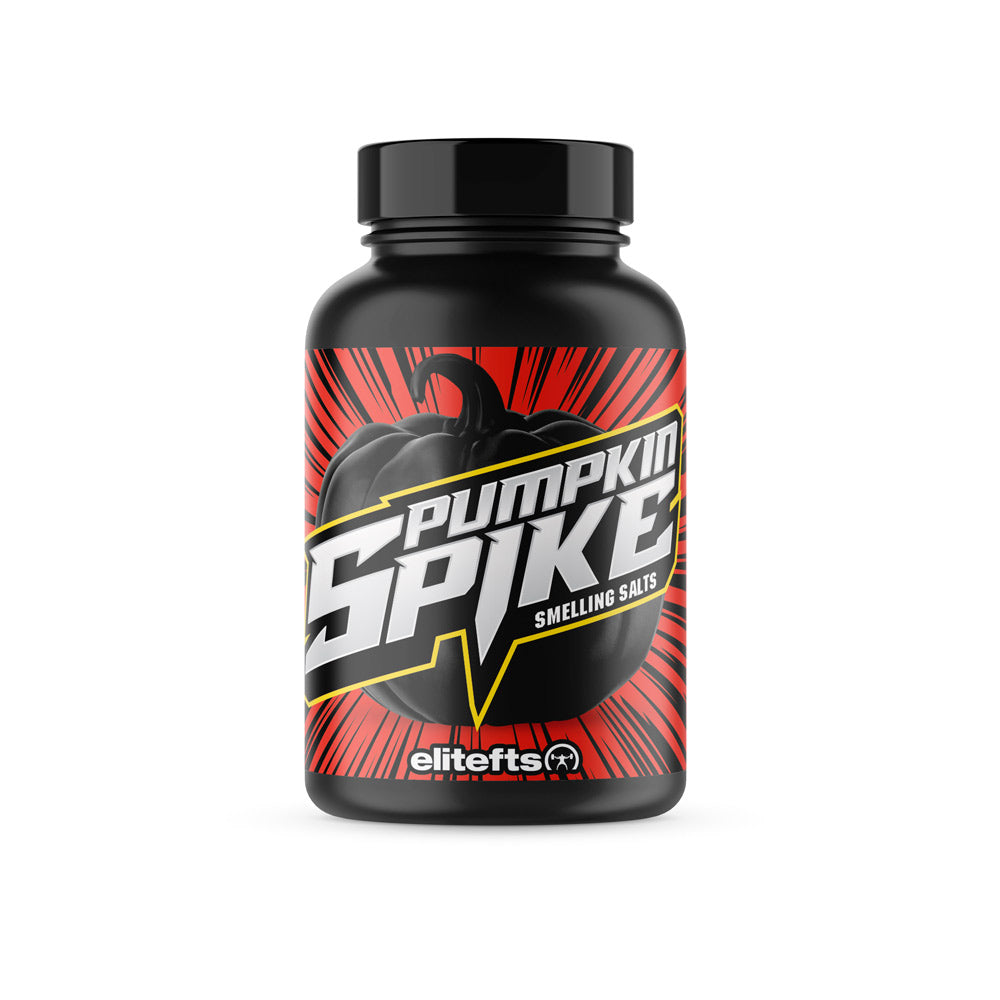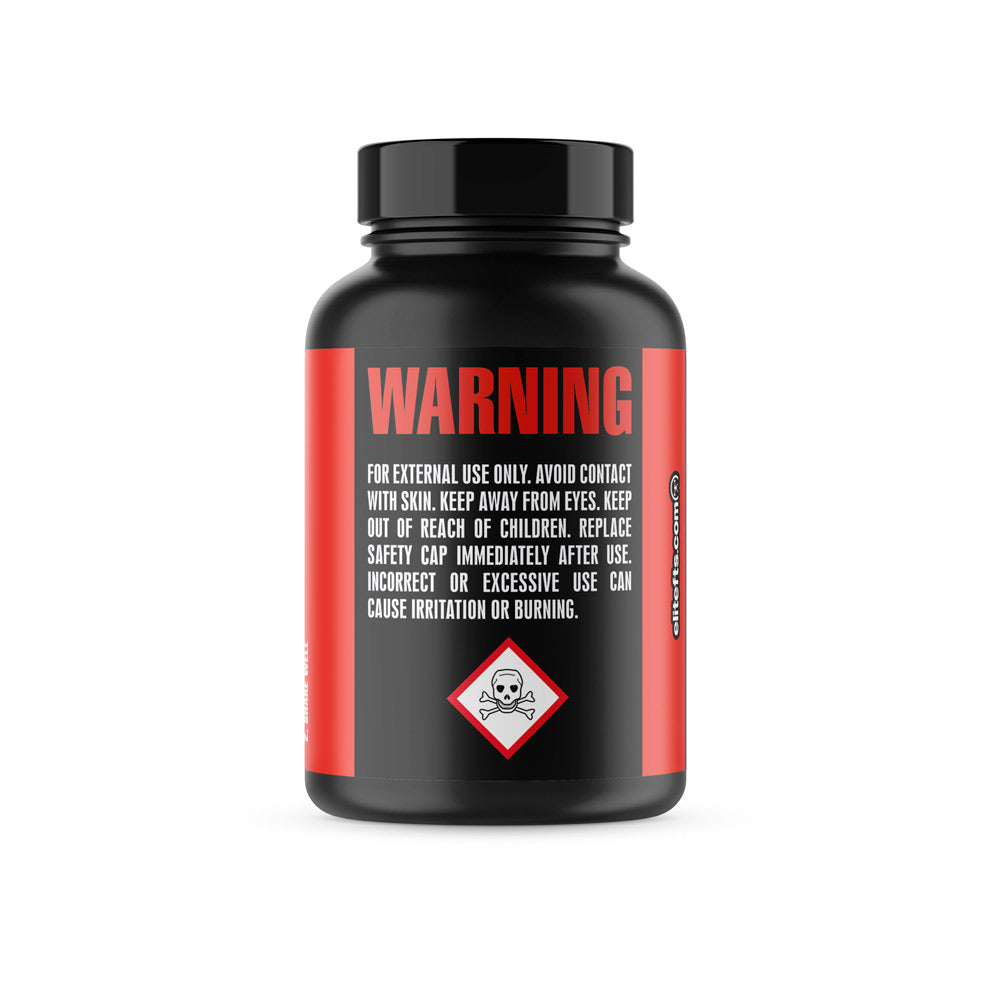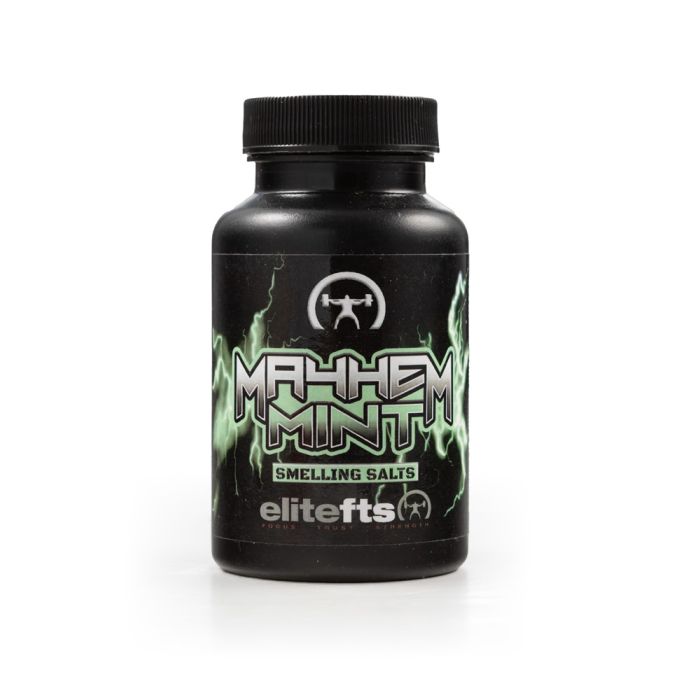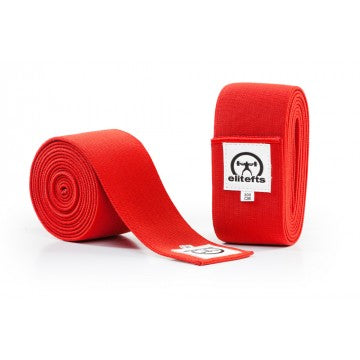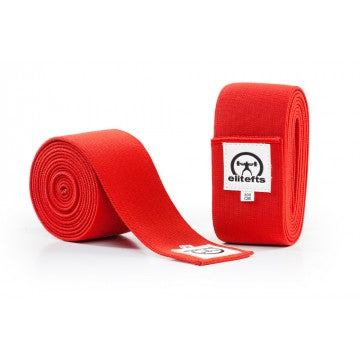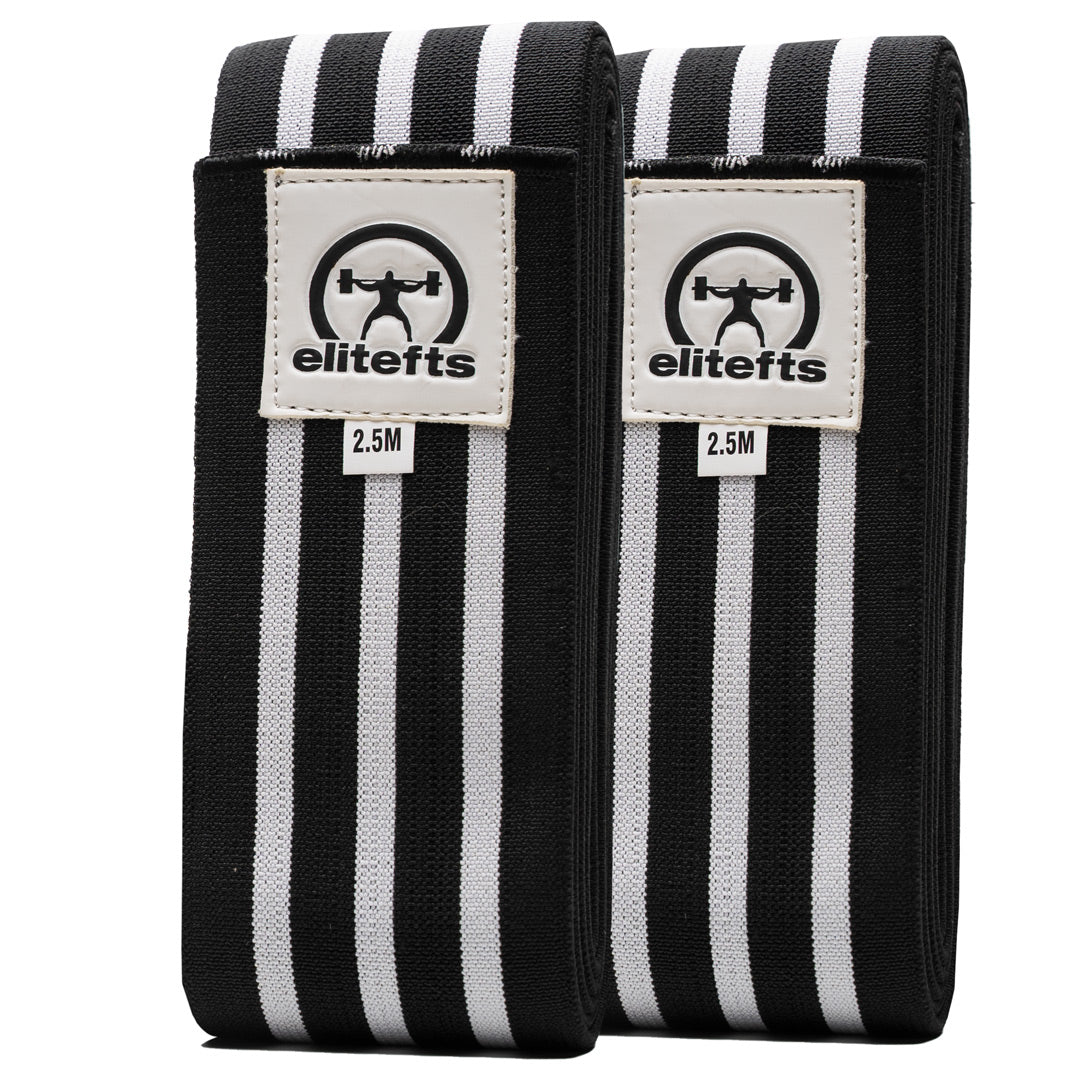
Conjugate and Conditioning: Going Beyond The Sled
One tenet of the conjugate method and improving maximal strength is its connection to strength-endurance, albeit both special strengths could not be further from each other (most would not associate the two in the same light.) Using measures like sled pulls, we can effectively improve aerobic capacity/oxidative qualities of the musculature of hips, hamstrings, and calves and bridge the gap between max effort and dynamic effort training sessions. Think of the sled as an intermediary to improve strength qualities with the same cost to the nervous and muscular system because there is zero axial loading.RECENT: 6 Foundational Movement Pattern Variations
Moreover, the sled will also improve the oxidative quality of fast-twitch fibers. We know that Type 2 fibers have aerobic ability and anaerobic abilities, strengthening the connection between maximal and submaximal strength development and strength-endurance. We know the
sled is an incredibly versatile tool that can upgrade your training for less than $120 bucks. Still, the sled is simply one tool. Conjugate training is known for using as many tools as necessary to improve upon limitations, and improving your conditioning should not be any different. If you’re asking these questions, this article is for you:
- What about other conditioning methods? What could those look like in conjunction with a classic conjugate split?
- What do you do on the days between max effort (ME) and dynamic effort (DE) sessions?
- What do I do on a fifth day?
The Methods
High-Intensity Intervals High-Intensity Intervals aims to use a variety of sustainable exercises with incomplete bouts of rest after each round. The intent is to stimulate higher oxygen utilization and improve the aerobic abilities of fast-twitch fibers. Notice, I used the word “sustainable,” so when we think about movements that can be sustained for longer durations, we are not thinking about using locally demanding movements like a push-up or pull-up that have high rates of peripheral fatigue. Most trainees will be limited by local muscle-endurance, not their overall level of aerobic conditioning. When we select movements, they need to be movements you could sustain for 30-60s without stopping. Guidelines:- Low resistance movements that can be sustained for the entire interval without stopping
- 15-20 minutes in total duration
- Incomplete rest intervals
- 1-2 sessions per week
-
Air Bike for Calories x 60s - Russian
Kettlebell Swings x 60s -
Rowing Machine for Calories x 60s -
Box Step-ups (unweighted) x 60s - Rest x 60s
here. In fact, this method was the single most beneficial method for my own training and took my conditioning to a level I didn’t know existed. The hardest part for most is that it’s too easy (yes, it’s easy to do), and it can be somewhat boring, but how we customize these sessions while still keeping the intent intact is key. First off, let’s discuss what cardiac output is. Cardiac output is the amount of blood the heart pumps through the circulatory system in one minute. In layman’s terms, it’s a product of heart rate and stroke volume, so this training style influences the heart’s ability to pump blood to the extremities. More importantly, it can increase the cavity volume known as ‘eccentric hypertrophy,’ particularly of the heart's left ventricle. I know what you’re thinking, "Can’t I arrive at these same adaptations by simply lifting weights!?" No, you cannot! The reason being, eccentric hypertrophy (stretching) of cardiac tissue is a result of low-intensity conditioning done for longer durations, and the heart-rate needs to be in a specific range for this to occur. On the other hand, weight-training results in more of ‘concentric hypertrophy’ of cardiac tissue, which is a thickening of the walls—two very different things. So, improving cardiac output is done in very specific settings with very specific measures. And no, this type of work will NOT take away from your strength gains when done correctly. Let’s dive right into programming. Guidelines:
- Select 2-3 pieces of cardio equipment
- Perform 10-15 minutes of steady-state ‘conversational style’ work on each
- Perform 1-2 sessions a week as their own training session
- Heart-rate of 130-150 BPM or 60-70% of MHR
- 10 Minutes of Air Bike
- 10 Minutes of Rowing Machine
- 10 Minutes of Light Sledpull Powerwalk (a weight you can walk continuously with without stopping)
- 8-12 sets x 60s-90s & 90s rest between sets
- Or for a set distance of 400-800 meters for time
- 1 session per week
- 1a. Sledpush Sprint: 8 x 60 yards. No rest.
- 1b. Crossbody Farmer Carry: 8 x 60 yards. Rest 90s - 2:00
- 400 Meter
Sled Pull Farmer Carry - 25% BW on Sled (includes sled weight) + 50% of BW (total in each hand)
- Goal is to stop as little as possible
- Shoot for sub 15:00
How To Use in Conjugate Programming
Option #1:- Monday: ME Lower
- Tuesday: High-Intensity Intervals
- Wednesday: ME Upper
- Thursday: Cardiac Output Method
- Friday: DE Lower
- Saturday: DE Upper
- Sunday: OFF
- Monday: ME Lower
- Tuesday: Sledwork & Loaded Carry Combo
- Wednesday: ME Upper
- Thursday: Cardiac Output Method
- Friday: DE Lower
- Saturday: DE Upper
- Sunday: Cardiac Output Method
Header image courtesy of RX Photography




